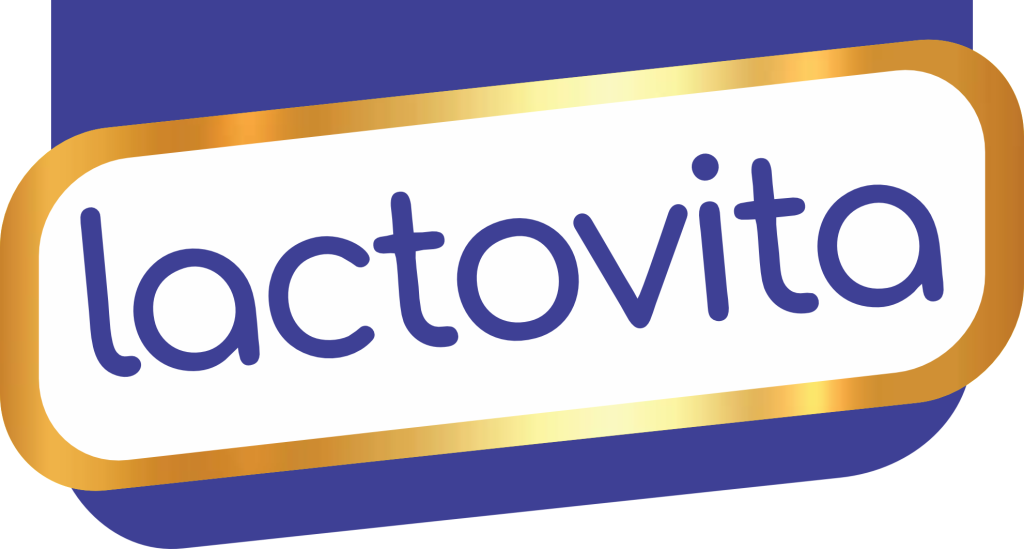
Email Address
info@lactovita-milk.com
Phone Number
+44 7982 312024
Our Location
Office # 1-2, 204 Church Road,

info@lactovita-milk.com
+44 7982 312024
Office # 1-2, 204 Church Road,
test.lactovita
July 3, 2025

You need to find the position that is most comfortable for you.
Preferably choose a quiet place.
Bottle-feeding should become a moment of intimacy and pleasure, as much as breastfeeding.
The more your baby feeds, the more breast milk you produce – this means that skipping breastfeeds and using formula instead may reduce your milk supply. If you are planning to mix feed it’s a good idea to talk to a healthcare professional, such as a child and family nurse or lactation consultant about ways to keep up your milk supply.
Your baby should be fed on demand, both day and night. Babies express their hunger with short cries that become more and more powerful.
Bottle-feeding schedules can be flexible, with 5 to 7 meals at the beginning, and an interval of 3 to 4 hours between them. But keep in mind that feeding schedules may not be regular; it’s over the weeks that your baby will gradually adjust.
For reference purposes, your baby will consume the contents of approximately:
6 to 8 bottles the first 4 weeks
6 to 7 bottles from 1 to 2 months old
5 to 6 bottles from 2 to 4 months old
5 to 4 bottles from 4 to 6 months old
3 bottles from 6 to 8 months
2 bottles from 8 to 12 months
If your baby has a good weight curve, then they know perfectly well what they need:
Don’t wake your baby up to bottle-feed them. If they are sleeping peacefully, it means that they are not hungry.
Similarly, your baby shouldn’t be forced to finish their bottle. If they stop drinking, they are no longer hungry.
Breastfeeding is the normal method of infant feeding, and is best for babies. It has benefits for the infant, such as reducing infection risk, and for the mother. It is important to have a healthy balanced diet in preparation for, and during breastfeeding. Infant formula is designed to replace breast milk when an infant is not breastfed. Breastfeeding can be negatively affected by introducing partial bottle-feeding, and reversing a decision not to breastfeed is difficult. Infant formula must be prepared and used as directed. Unnecessary or improper use of infant formula, such as not properly boiling water or sterilising feeding equipment, may make your baby ill. Social and financial implications, including preparation time and the cost of formula, should be considered when selecting a method of infant feeding.
WhatsApp us